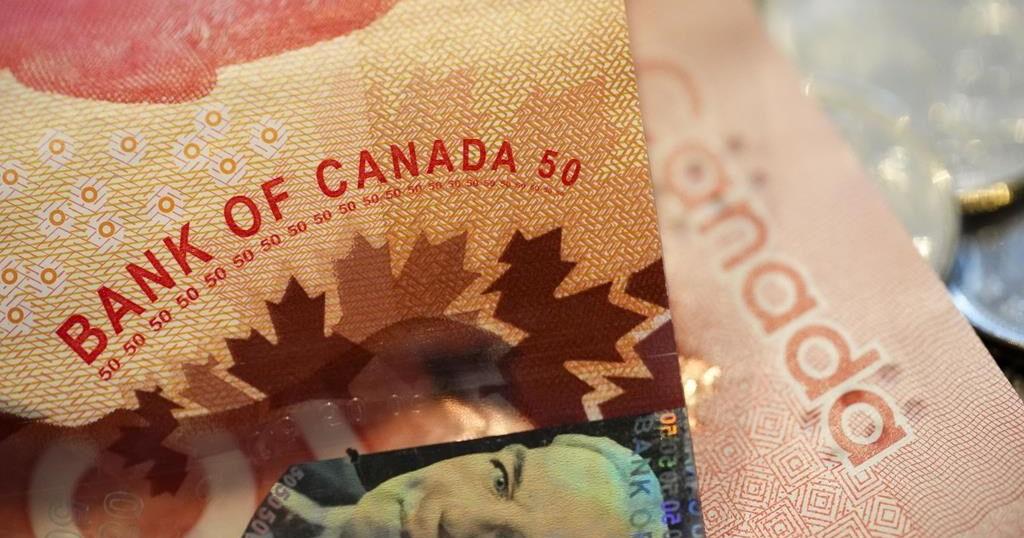Inflation has been putting a strain on just about every household budget. In some cases, it’s the increased cost of food. In other cases, it’s the higher cost of servicing debt as interest rates skyrocket.
If dipping into your retirement savings is the only alternative to make ends meet it’s important to know the tax consequences vary depending on where you draw the cash from.
Ideally, you will already have some cash in your retirement accounts, but your needs could require liquidating investments. Selling investments in a pinch can be tricky in a market where just about everything is in a slump. A qualified investment advisor can help trim profits, or separate the duds from those poised to realize their potential.
You might also want to consult a tax expert. Any tax pro will tell you to never make an investment decision based solely on tax implications, but the amount of tax you pay on withdrawals often depends on how the money is stored and your personal situation.
NON-REGISTERED INVESTMENTS
There is no tax on cash transfers from a regular, non-registered investment account. If a stock or equity fund is sold to generate cash, however, half of the capital gains are taxed at your marginal rate (the rate you pay based on your overall income).
A capital gain is a profit from the original investment. There is a bright side if you are selling an equity that has gone down from its original value, however. Half of capital losses can be used to recoup taxes paid on capital gains over the previous three years, or can be used to offset future capital gains.
TFSA: PROBABLY THE BEST IDEA
There is no tax on capital gains, and therefore no tax break from capital losses on investments sold in a tax-free savings account (TFSA).
In fact, there is no tax on any gains or contributions in a tax-free savings account.
Cash withdrawals from a TFSA can be made at any time but for those who contribute the maximum amount it’s important to know that allowable contribution space will not be renewed until the following calendar year.
HELOC: NO PLACE LIKE HOME
Like a TFSA, money withdrawn from a home equity line of credit (HELOC) or reverse mortgage is never taxed.
Both are loans against the equity in your home and interest is charged on the balance owed. That interest compounds over time until the full loan is paid back; either at the homeowner’s choosing, when the house is sold, or the owner dies.
Tapping into home equity has been the most common solution for homeowners who need quick cash but rising interest rates have increased the costs dramatically.
The interest rate on a HELOC is tied to the lender’s prime lending rate, which is tied to the Bank of Canada benchmark rate. With more central bank rate increases on the horizon, the interest rate on a typical HELOC has risen to about five per cent from under two per cent in less than a year.
Reverse mortgage rates are tied to conventional fixed mortgage rates, which are also rising dramatically. The fixed rates on reverse mortgages are currently around seven per cent.
If you repay the balance on the line of credit quickly, the interest cost is capped. If financing is a chronic problem, the best course of action from a tax perspective could be to sell the house. There is no capital gains tax on the sale of a principal residence.
RRSP: THE LAST RESORT
Registered retirement savings plan (RRSP) withdraws are fully taxable according to your marginal income tax rate in the year of the withdrawal (unless borrowed for a fixed term for a down payment on a first home or continuing education).
If you are generating a full-time income from work, you will be taxed at a higher marginal rate than if your income is low.
If you have suffered a loss or drop in income, an RRSP withdrawal could make sense. If you are under 65 years old, a withholding tax will likely be imposed based on the size of the withdrawal. Any amount above the amount you actually owe will be refunded.
Source link
Related
























